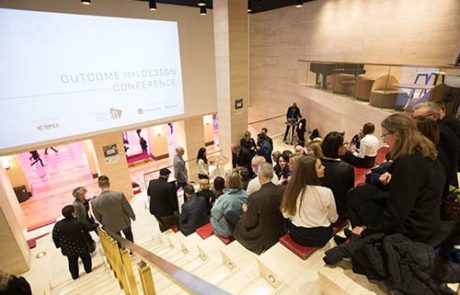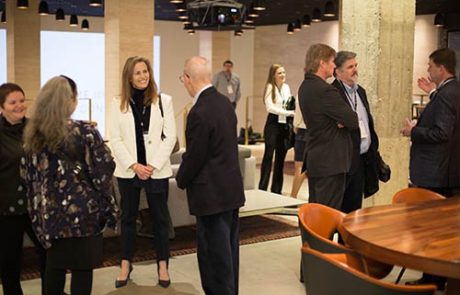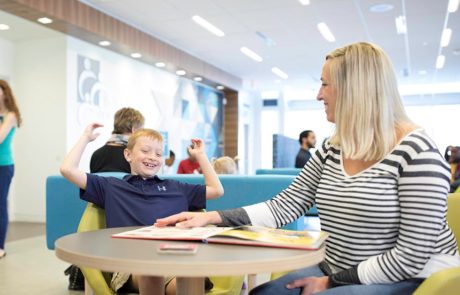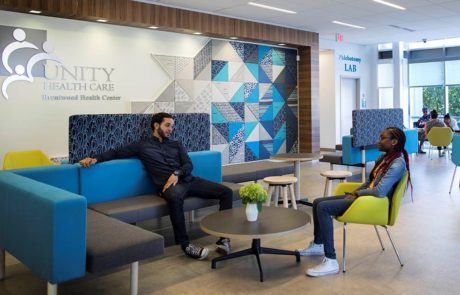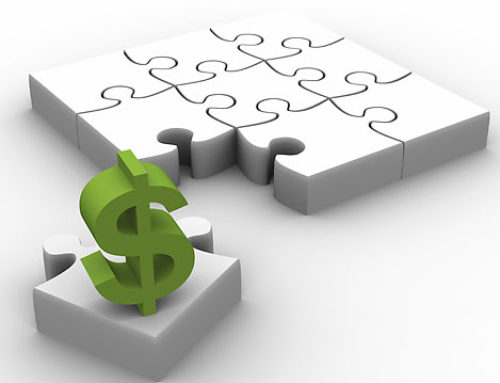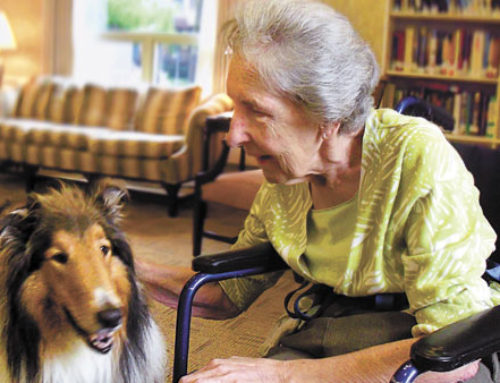For designers, offering design research services is a market differentiator, and as we move further into the “sharing economy,” having informed clients enriches all professions involved in the built environment. Creating research platforms through multi-disciplinary collaboration provides a value proposition relevant across all design sectors – healthcare, workplace, hospitality, residential.
Chicago was host to the inaugural ASID Outcome of Design Conference (OODC) in March. The conference showcased three projects selected through a rigorous evaluation of the tools, strategies, and research methodologies used to demonstrate outcomes. I had many takeaways throughout the inspirational conference, but listed below are my top three.
- Collaboration. Fred Marks, a research collaborator with the Salk Institute, led a morning “exploration” in which he appealed to our moral obligation as designers to include health and wellness in all projects. It is interesting to contemplate Fred’s challenge to the design profession. Describing design as an iterative process, he used science as an analogy, “When one scientist stops another scientist can pick up where they left off.” It focused my thoughts on how design and design research could engage in a more collaborative approach.
Imagine a world in which our design could be certified as “healthy” with the supporting evidence shared on an open platform that encourages fellow designers to replicate the work. And imagine that the originating designer receives a monetary benefit for sharing their designs. Kevin Kelly addresses this concept in his book, “Inevitable.” When I take a picture that goes viral, my credentials are encrypted inside – could our designs replicate a similar process?
- Client Involvement. The conference included panel discussions with the winning design teams, architects, interior designers – and consistently, the “informed” client of the project was represented. By ‘informed” I mean they were acutely aware of the ROI that design created for their project. We cannot conduct research without the aid, participation, and shared understanding of our clients’ desired outcomes. As designers, our contribution is to solve the design problem or often, help identify it. If we approach the program phase of our projects with relevant industry research in one hand and a blank canvas and a few tools for data collection in the other, the chances of providing meaningful and shareable information is amplified. Unity Health Care Brentwood, an Outcome of Design Award (OOD) winning project, expressed a desire to improve the waiting room experience for its community by increasing communication between patients. Gensler’s team created conversational seating arrangements which led to a documented 100 percent increase in communication between people who did not arrive at the clinic together. I’m already taking this research into my next healthcare waiting room project!
- Research Creation. One comment from the audience asked, “What if the hypothesis isn’t proven?” What if we fail? Research outcomes cannot be accessed via a standards manual, however, taking insights from others and applying our collective intelligence provides opportunities to systemize the process of evidence-based design. These insights must include the failures experienced in order for the design “ecosystem” as a whole to benefit. Let’s not just talk about our work, let’s talk about what we learned. Learn. Apply. Improve.
Another award winner, Lassonde Studios at the University of Utah, was a new construction project consisting of classrooms referred to as “the garage” on the ground floor with residential dorms above. Creating this 24-7 space enhanced the ability of students to wake up in the middle of the night with an idea and go to the garage to test it out. The program saw a 300 percent increase in enrollment within a two-year time span and a significant increase in student startup teams. With the proper spin, a story like this would capture the attention and budgets of every department head involved with an entrepreneur program. The outcome? Measurable ROI for the designers, clients, and students!


